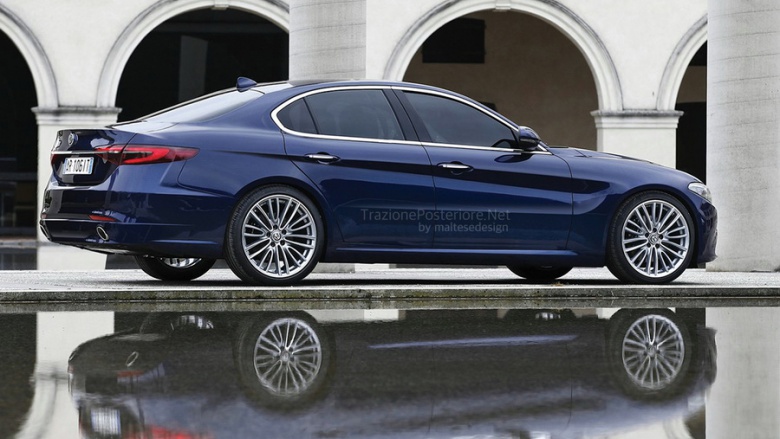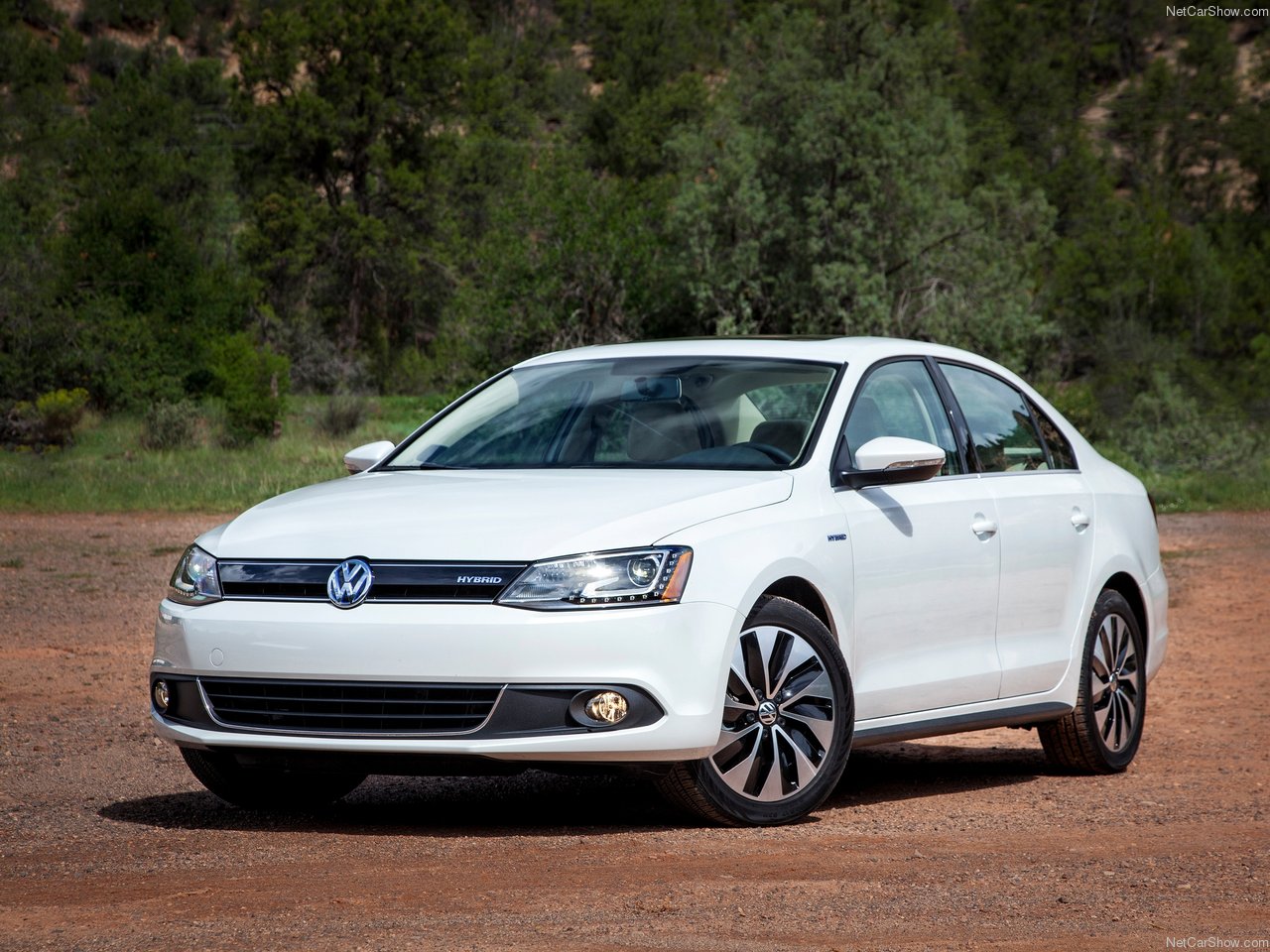
Alfa Romeo Alfetta - modern Italian
For many years, the Alfetta name has been associated with Alfa Romeo racing cars, which have started in sports competitions since the late XNUMXs. After the war, the car designed by Gioacchino Colombo was driven by legends such as Juan Manuel Fangio and Nino Farina. In 's, Alfetta ended her sports career, and for the next decades the name disappeared. It didn't return until the XNUMXs, this time as a badge on the tailgate of a midsize sedan that was supposed to be fun to drive and provide enough room for a small family.
The Alfa Romeo Alfetta debuted in 1972 as an intermediate car between the popular little Giulia and the 2000, a powerful 130-horsepower sedan built on a recalled 1750. Against this background, Alfetta looked much more modern from a stylistic point of view, for which Giuseppe Scarnati was responsible.
The case of Alfa Romeo in the 1750s is both interesting and unfortunate. The stylistic changes that took place at that time caused a split among the brand's fans. Some liked the traditional styling of models like the Giulia or 2000/2000, while others liked the modern approach to body design that resulted in the Alfetta. The bosses of Alfa Romeo could not decide and left the old 1977 model in production (for up to a year), and at the same time introduced Alfa Romeo, which caused internal competition.
The Alfa Romeo Alfetta was admittedly a little smaller - measuring less than 4,3 meters, while the 2000 model was 10 centimeters larger - but it's still the same segment. To keep both cars in demand, only the 1,8-litre unit was used in the new model, producing 122 hp. at 5500 rpm. There was enough power for fast driving - the car accelerated to 180 km / h (100 km / h in 10,5 seconds), but the new model was no faster than the Alfa Romeo 2000, which accelerated to 185 km / h and 100 km / h. h could appear on the speedometer after 9 seconds.
The two-liter engine didn't reach Alfa Romeo until the last Alfa Romeos of the 2000s left showrooms. The fuel crisis of the mid-1.6s pushed people towards cars with smaller engines, to which the Italian manufacturer responded by offering a version with a 108 unit (175 hp). The car lost a little dynamics (maximum speed 1.8 km/h), but fuel consumption decreased, which in version 9 was about 100 liters per km.
The Alfa Romeo Alfetta didn't have an easy life in its segment. Due to its sporty character, it had to compete with prestigious German sedans and sporty versions of cars from other European manufacturers. In the 2-x 518-liter model, the price was positioned next to the BMW 505 or Peugeot 99 GTi. The car had to deal with really successful designs throughout its life - suffice it to say that at the beginning of the sale, the Alfetta Saab 51 EMS was a bit cheaper. Alfa, thanks to precise steering and perfect weight distribution, rode very well, which made it possible to take full advantage of good engines. The weight distribution of 49% forward and 65% rear was made possible by the transmission system: the gearbox and clutch were located on the rear axle. This solution can be found in sports cars for a lot of money, but Alfa Romeo popularized it in their slightly more popular cars. After the Alfetta model, such a system was also used in the Alfa Romeo GTV, 90 or.
Alfa Romeo Alfetta, despite the rather high price, has proven itself well in the difficult market of the seventies: unofficial data show sales at the level of 448 thousand. copies. After only two years of production, Alfa Romeo decided to make a coupe version based on the shortened floor platform of the sedan. It was an Alfa Romeo Alfetta GT/GTV. This model was successfully produced in many engine variants until 1987. Initially, the car was based strictly on sedan technology (1.6 and 2.0 units were installed), but over time it evolved: it became more predatory and much faster. The most powerful version with a 2,6-liter engine had 200 hp. and accelerated to 230 km / h.
Unfortunately, Alfa Romeo Alfetta as a candidate for the role of a young man is extremely demanding. It's not about maintenance and spare parts - it's more prosaic. There are relatively few cars available for purchase, given the volume of production, and those that already exist cost an average of about 25-50 thousand. zloty. Not surprisingly, the charming ABC is worth looking for on Polish roads.
